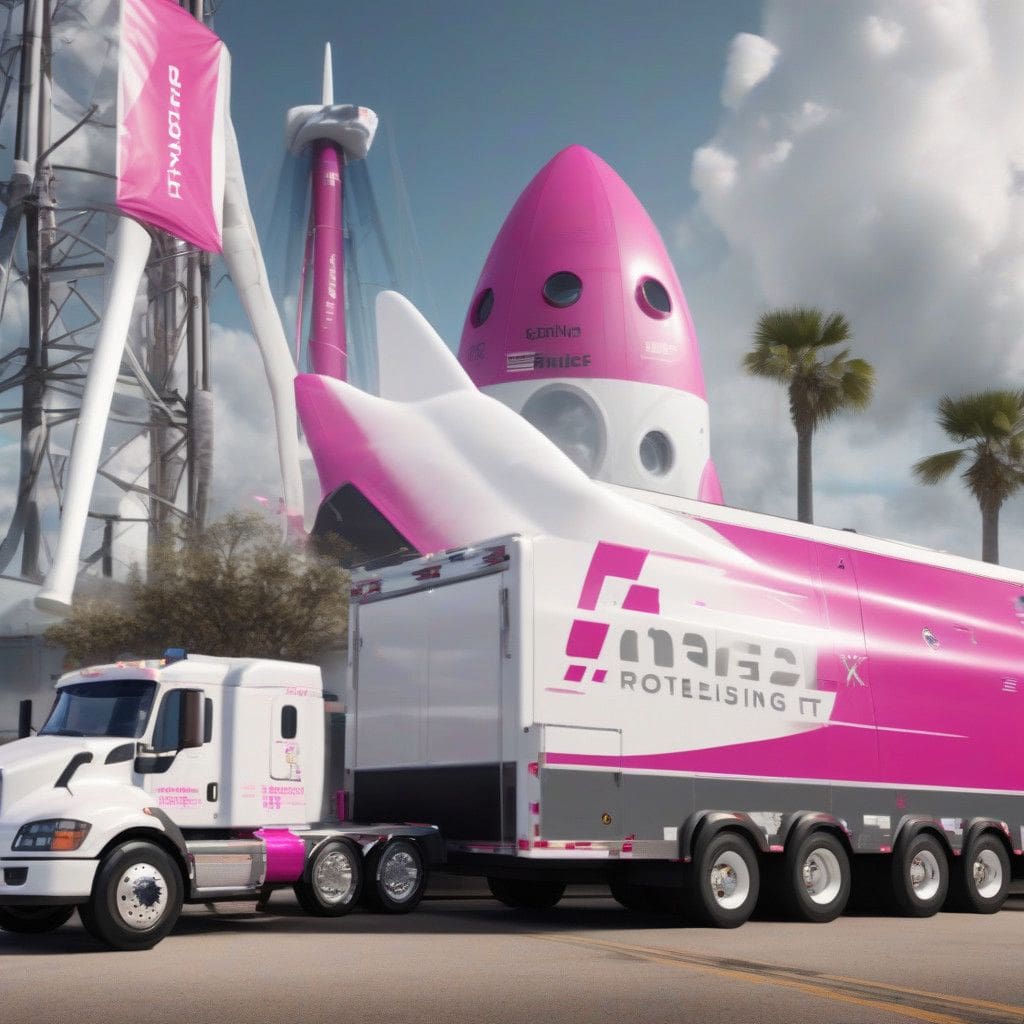In the aftermath of devastating hurricanes, the swift restoration of communication networks becomes paramount. With the recent destruction caused by Hurricane Helene in North Carolina, critical communication infrastructure has been severely compromised, prompting significant interventions from the Federal Communications Commission (FCC). The FCC has granted SpaceX and T-Mobile the necessary permissions to utilize Starlink’s direct-to-cell capability, aiming to provide temporary cell coverage to the affected regions.
The statistics paint a somber picture: at the height of the hurricane’s impact, over 74% of cell towers were rendered inoperable. This loss of communication not only hinders immediate recovery efforts but can also leave communities isolated in times of crisis. As restoration teams mobilized, reports indicated that only 17% of cell towers remained offline, suggesting a promising trend toward re-establishing vital communication links.
SpaceX’s involvement in this scenario is particularly noteworthy. The company has activated its constellation of satellites, enabling them to transmit emergency alerts to mobile networks across North Carolina. This has immediate implications for first responders who rely on uninterrupted communication to coordinate rescue missions and ensure the safety of those affected. T-Mobile is working hand-in-hand with SpaceX to test basic texting capabilities on its network, showcasing the collaborative nature of this effort.
This partnership reflects a broader trend within the telecommunications industry, where innovation is increasingly harnessed to address urgent humanitarian challenges. While T-Mobile’s network is on the path to restoration, the company underscores the importance of the early access provided by Starlink’s capabilities. The direct-to-cell system will remain in a testing phase in the immediate future, emphasizing that a full deployment is not yet realized. However, even partial access has already proven invaluable for frontline personnel engaged in recovery operations.
FCC Commissioner Brendan Carr spoke to the necessity of balancing expectations with the reality of what technology can achieve in crisis situations. He noted the ongoing development of Starlink’s full capabilities, but also stressed the critical need for immediate support in areas where traditional cell service remains compromised. Carr’s remarks highlight an important aspect of crisis management: the intersection of technological potential and practical application in real-world scenarios.
Beyond restoring communication, this collaboration signals a pivotal moment for the telecom industry. By leveraging satellite technology, companies like SpaceX and T-Mobile are not just responding to emergencies; they are redefining how telecommunications can adapt to unprecedented events.
The integration of space technology with ground-level telecommunications infrastructure opens new avenues for crisis management in the digital age. The reliance on such innovative solutions underscores an urgent need to enhance and diversify communication strategies in the face of natural disasters. As recovery efforts continue, the collaboration between SpaceX and T-Mobile stands as a testament to the potential for technology to reshape our response mechanisms.
As discussions around disaster preparedness and recovery progress, the partnership between these two companies will likely serve as a case study for future endeavors. It underscores the importance of bringing together various stakeholders in the solutions space, combining expertise from aerospace engineering with telecommunications, to create a comprehensive framework for response.
Ultimately, this initiative not only aids immediate recovery but also sets a precedent for how technology can be harnessed for the greater good. By recognizing the strengths of innovative partnerships, communities can better position themselves to respond to such calamities in the future, ensuring that no one is left in the dark when disaster strikes.












